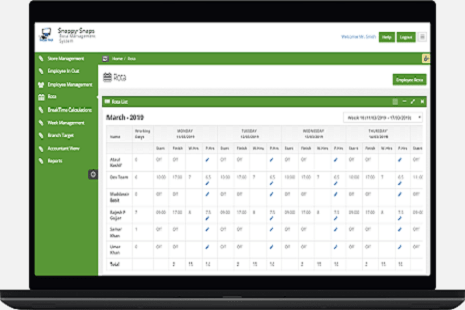React Native
What is React Native ?
React Native is a JavaScript framework for writing real, natively rendering mobile applications for iOS and Android. ... React Native also exposes JavaScript interfaces for platform APIs, so your React Native apps can access platform features like the phone camera, or the user's location.
With a C#-shared codebase, developers can use Xamarin tools to write native Android, iOS, and Windows apps with native user interfaces and share code across multiple platforms, including Windows and macOS.[4] According to Xamarin, over 1.4 million developers were using Xamarin's products in 120 countries around the world as of April 2017.
React Native currently supports both iOS and Android, and has the potential to expand to future platforms as well. In this book, we’ll cover both iOS and Android. The vast majority of the code we write will be cross-platform. And yes: you can really use React Native to build production-ready mobile applications! Some anecdota: Facebook, Palantir, and TaskRabbit are already using it in production for user-facing applications.
The fact that React Native actually renders using its host platform’s standard rendering APIs enables it to stand out from most existing methods of cross-platform application development, like Cordova or Ionic. Existing methods of writing mobile applications using combinations of JavaScript, HTML, and CSS typically render using webviews. While this approach can work, it also comes with drawbacks, especially around performance. Additionally, they do not usually have access to the host platform’s set of native UI elements. When these frameworks do try to mimic native UI elements, the results usually “feel” just a little off; reverse-engineering all the fine details of things like animations takes an enormous amount of effort, and they can quickly become out of date.
React Native is a JavaScript framework for writing real, natively rendering mobile applications for iOS and Android. It’s based on React, Facebook’s JavaScript library for building user interfaces, but instead of targeting the browser, it targets mobile platforms. In other words: web developers can now write mobile applications that look and feel truly “native,” all from the comfort of a JavaScript library that we already know and love. Plus, because most of the code you write can be shared between platforms, React Native makes it easy to simultaneously develop for both Android and iOS.
5 key advantages of React Native:
- Community-driven
- Maximum code reuse & cost saving
- Live reload
- Strong performance for mobile environments
- Modular and intuitive architecture similar to React
Our Projects in React Native
We Have Satisfied Local And Global Various Clients, Here Is Successful Work Of SEO, Web Design, Web Development, Software Development Services.
Project Title
Lorem ipsum dolor sit amet, consectetur adipisicing elit. Adipisci accusamus accusantium.
Read MoreProject Title
Lorem ipsum dolor sit amet, consectetur adipisicing elit. Adipisci accusamus accusantium.
Read MoreProject Title
Lorem ipsum dolor sit amet, consectetur adipisicing elit. Adipisci accusamus accusantium.
Read MoreProject Title
Lorem ipsum dolor sit amet, consectetur adipisicing elit. Adipisci accusamus accusantium.
Read MoreProject Title
Lorem ipsum dolor sit amet, consectetur adipisicing elit. Adipisci accusamus accusantium.
Read MoreProject Title
Lorem ipsum dolor sit amet, consectetur adipisicing elit. Adipisci accusamus accusantium.
Read MoreProject Title
Lorem ipsum dolor sit amet, consectetur adipisicing elit. Adipisci accusamus accusantium.
Read MoreProject Title
Lorem ipsum dolor sit amet, consectetur adipisicing elit. Adipisci accusamus accusantium.
Read More






